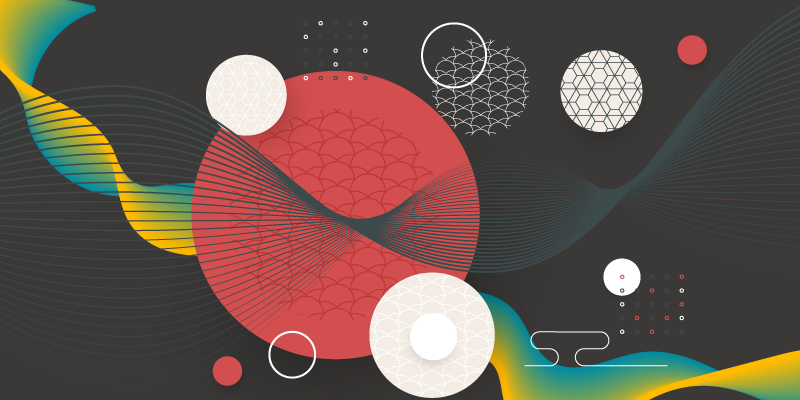Introduction:
Graphic design is a powerful visual communication tool that combines artistry, creativity, and technical skills to convey messages, evoke emotions, and engage audiences. From logos and advertisements to websites and packaging, graphic design plays a significant role in shaping our visual experiences and influencing our perceptions. In this article, we will explore the world of graphic design, its importance, and the impact it has on various aspects of our lives.
The Essence of Graphic Design:
At its core, graphic design is about visually communicating ideas, information, and concepts. It encompasses the use of typography, colors, images, and layouts to create visually appealing and purposeful designs. Graphic designers employ their artistic talents, coupled with their understanding of design principles and technology, to craft compelling visuals that effectively deliver messages.
Importance and Applications:
1. Brand Identity and Recognition:
Graphic design plays a crucial role in building and maintaining a brand's identity. Logos, color schemes, and visual elements are carefully designed to create a distinct and memorable brand image. Consistent and well-executed graphic design helps companies establish recognition, instill trust, and differentiate themselves in the competitive marketplace.
2. Marketing and Advertising:
Graphic design is a cornerstone of marketing and advertising efforts. Eye-catching designs in print and digital media capture attention, convey key messages, and create a lasting impression. Whether it's creating impactful posters, captivating social media graphics, or designing engaging advertisements, graphic design is instrumental in effectively reaching and engaging target audiences.
3. Web and User Interface (UI) Design:
In the digital age, graphic design plays a vital role in web and user interface design. It encompasses the arrangement of elements, intuitive navigation, and visual hierarchy to create visually pleasing and user-friendly websites and applications. Well-designed user interfaces enhance user experience, facilitate interaction, and drive user engagement.
4. Editorial and Print Design:
Graphic design plays a crucial role in editorial and print design, encompassing book covers, magazine layouts, brochures, and more. Designers skillfully combine typography, imagery, and layouts to create visually appealing publications that draw readers in and enhance content comprehension.
5. Environmental and Wayfinding Design:
Graphic design extends to the realm of environmental and wayfinding design, creating signage, maps, and visual elements that guide and inform people in physical spaces. From airports and shopping malls to hospitals and public parks, effective graphic design aids navigation and enhances the overall user experience.
Graphic design has a profound impact on our daily lives, influencing our perceptions, emotions, and decision-making processes. It has the power to evoke emotions, convey complex information effectively, and shape our interactions with brands and products. With visually compelling designs, graphic design can inspire, inform, entertain, and ultimately drive action.
Conclusion:
Graphic design is an art form that combines creativity, technical skills, and a deep understanding of visual communication. Its impact is ubiquitous, shaping our interactions with brands, products, information, and the world around us. From advertising to web design, graphic design helps convey messages, engage audiences, and create visually appealing experiences. As technology advances and visual communication evolves, the role of graphic design will continue to be at the forefront of effective communication and visual storytelling.




